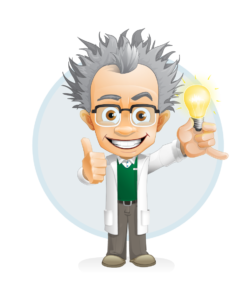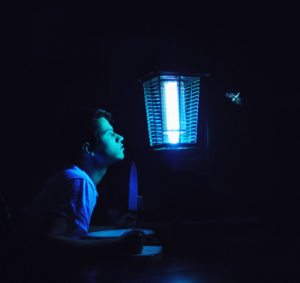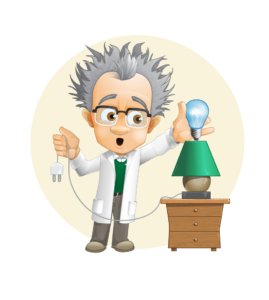As lighting technologies advance, researchers have been studying the negative effects of blue light emitted by modern mobile devices on human sleep patterns. During the course of our evolution, bright blue-white light (like an LED or computer screen) was only available from the sun during the daytime, with the much more subtle light from the moon and stars at night. As the sun slipped past the horizon and turned the light from blue to red, it signaled to our bodies that it was time to sleep.
This natural response to the pattern of color shifting light has always been a part of our biological design. Previous technologies—like incandescent lights and candles—did very little to interrupt the sleeping patterns, also called circadian rhythm, of mankind. The warm glow of candlelight, reminiscent of sunset, is less confusing to our bodies. However, as energy efficient LEDs and bright blue-white computer displays continue to infiltrate our homes, their influence has an increasingly negative effect on the human circadian rhythm.
In the past, electric lighting was a way to stave off the darkness, and there was no real thought given toward the potential consequences of using artificial lights. Many of the benefits of natural light may never be replicated by artificial lights, but there are ways to avoid the negative interruptions in our sleep patterns that bright blue indoor lighting can cause. Recent innovations in the development of “human centric lighting” have created smart LED products with optimum lighting that can be adjusted in brightness and color temperature.
The Silk Smart LED lamp matches its light output to a user’s circadian rhythms. It produces bright blue light for specific parts of the day while switching to dimmer red-tone light for evening hours. In addition, these smart LED lamps have a hub that can be connected to a home WiFi. Users are able to program the lamp to adjust for specific times or they can control its output remotely using an app on their smartphone.
Other major human centric lighting projects include Arborlight’s new LED panels for offices and homes that imitate the light intensity and temperature of the natural light outside. Since spending up to 90% of their lives indoors, 20% of which is at work, is typical for most people, their overall well-being can be determined by the lighting environment in the workplace. At work and at home, innovations in human centric lighting could lead to better health and happier lives.



